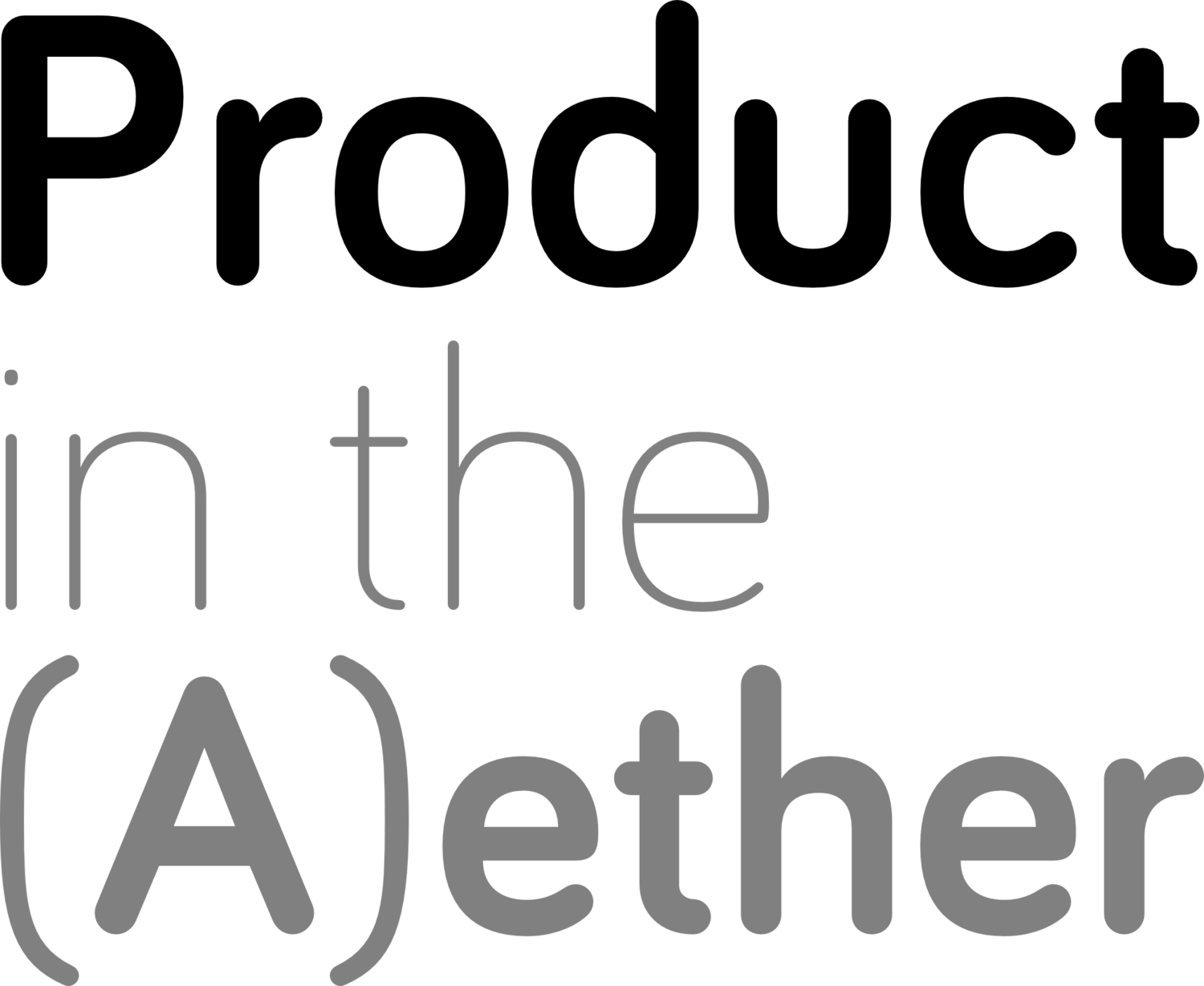PITA 049
Topic 1: How do you make change STICK in your organisation?
Trial & Error - when you push hard enough, brute force sometimes works
Frame what they are stopping - remind people of what they are NOT going to do, to make space for new things
ANTIPATTERNS:
reverting when things aren’t going well, so remove fear and pressure where possible
Look at what hasn’t worked - throwing money/people/resource may not do it
Leaders can destroy years of progress in a couple of months (from Marty Cagan’s Transformed workshop)
People trying to find alternate paths outside around obstacles
My guiding principle is following R. Buckminster Fuller’s quote: “You never change things by fighting the existing reality. To change something, build a new model that makes the existing model obsolete.”
Switch book - 3 angles - Motivating the elephant, Direct the rider, Shape (clear?) the path
It takes time - it may not happen now, but sowing the seeds has value
In my experience the context means various elements of the Kotter's change model still apply - created sometime ago but all the points it makes still relevant
Remember - people may take different time frames to buy in
Celebrate success - remind people of WHY you’re doing this, give them a story (of the bad, the reasons, and what good looks like)
Repetition, continual reminders of what we’re trying to do. Breaking the habit of doing it the old way - to help them notice “when this happened before we used to this, and now we do this”. “I’m noticing that I want to go and micromanage, but…”
Be brave enough to be the dissenting voice
Put the finger on the wound again and again
Topic 2: Where to start with getting teams to truly learn and build credibility with "The Business" - getting aligned on goals and permission to pursue them?
Build and communicate effective business cases
Acknowledging the issues with loss of/taking control and the psychological safety impact
Talk the language of the organisation
Build the partnership - find somewhere to build a win
Understand partner motivations (Motivation mapping)
Wonder if there is a systemic org design question here as well, blended teams with commercial/traditional folk embedded in the teams
A team - Product, or Value - can Ask a question, get an answer, understand the answer, and take action/make decisions based on that understanding. Else you have a team that just gets code into production and hopefully makes it look nice.
Accountability without autonomy is a stressful place to be - you have to find ways to work together
If you’ve got to solve the business or the product problem - start with the business problem.
Look for the reporting rituals and artefacts - shift each one a bit at a time, to talk about why
Are operations and reporting a barrier to better decision making
Topic 3: How do you figure out which bit of your system/org/service to think of as your "product"?? (It feels like I should know this but I still don't!!)
In UK Gov, the Product is what people use (or multiple things different groups of users use), and a Service covers the Product and the infrastructure/ops/supporting services that enable it. It might be that you need to make that divide clear. (A Lead Product Manager or Head of Product can also provide this coherence)
Focus on the problems that are jumping out, rather than an abstract definition of what the product is. A useful Q I have found with folk asking this sort of question is “If I could wave a magic wand and I had a crystal clear definition — what problems would be solved?”
Build a service blueprint/map, and use that to show what’s affected/involved. Start with a Journey Map, then add in layers as needed. Facilitate the creation of this if you don’t own it. It also allows for questions about HOW to solve the problems - automate or ignore? Or do it manually? Also about WHO is working on each bit
A potential useful language to talk about this is unfix, it is like Lego for org design and can help figure out what which who etc
As someone restated Kennedy, “We do these things not because they are easy, but because we thought they would be easy”.

